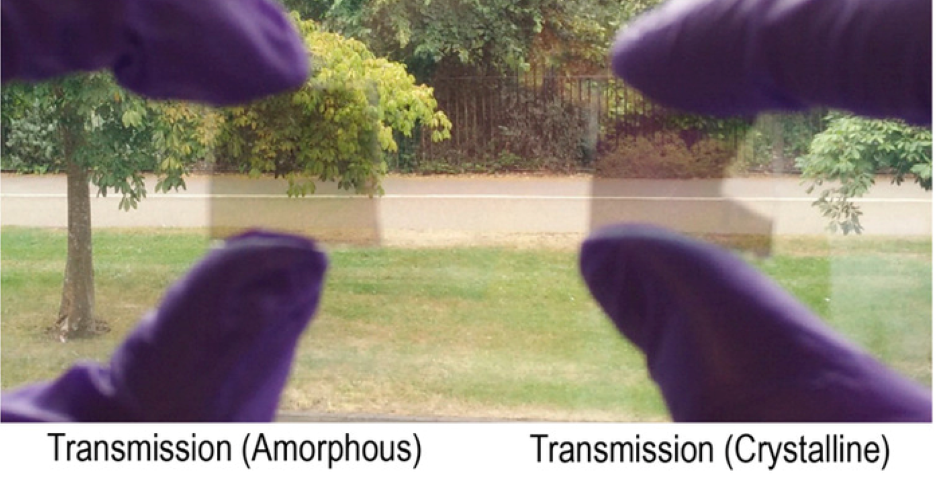
The research to develop energy efficient windows was undertaken at Oxford University and the University of Pittsburgh and funded as part of the EPSRC Wearable and Flexible Technologies Collaboration. The team’s findings were recently published in ACS Photonics.
“The major innovation is that these windows can change according to seasonal needs,” said Nathan Youngblood, assistant professor of electrical and computer engineering at the University of Pittsburgh and first author. “They absorb near infrared light from the sun in the winter and turn it into heat for the inside of a building. In the summer months, the sun can be reflected instead of absorbed.”
The film is said to be made up of an optical stack of materials less than 300nm thick, with a very thin active layer made of phase change materials that absorb invisible wavelengths of the sun’s light and emit it as heat. That same material can be ‘switched’ so that it turns those wavelengths of light away.
NTU team develops energy saving glass
“Importantly, visible light is transmitted almost identically in both states, so you wouldn’t notice the change in the window,” Youngblood said. “That aesthetic consideration is critical for the adoption of green technologies.”
The material could be adjusted for more precise temperature control, such that 30 per cent of the material turns away heat while 70 per cent is absorbing and emitting it.
Harish Bhaskaran, professor at Oxford’s Materials Department, who led the research as well as the WAFT consortium, said: “Here, we exploit tuning how invisible wavelengths are transmitted or reflected to modulate temperature. These ideas have come to fruition with the aid of our long-standing industrial collaborators, and are the result of long-term research.”
The researchers estimate that using these windows - including the energy required to control the film - would save 20 to 34 per cent in energy usage annually compared to double-paned windows.
To create and test their prototypes, the researchers worked with Bodle Technologies, a company that specializes in ultra-thin reflective films that can function as displays by controlling colour and light, plus Eckersley O’Callaghan, an engineering and architectural firm, and Plasma App, a thin films company.
“This work demonstrates yet another interesting optoelectronic application of phase change materials with the potential to significantly improve our everyday life,” said Peiman Hosseini, CEO of Bodle Technologies. “The commercialisation of PCM-based tuneable low-e glass panels still has a number of significant challenges left to overcome; however, these preliminary results prove that the long developmental road ahead is certainly warranted. I believe this technology should be part of any future holistic policy approach tackling climate change.”




Mandate sets 2030 date for use of sustainable aviation fuel
I do hope this doesn't cause costs to UK aviation to rise and lose business to those staying on fossil fuels.